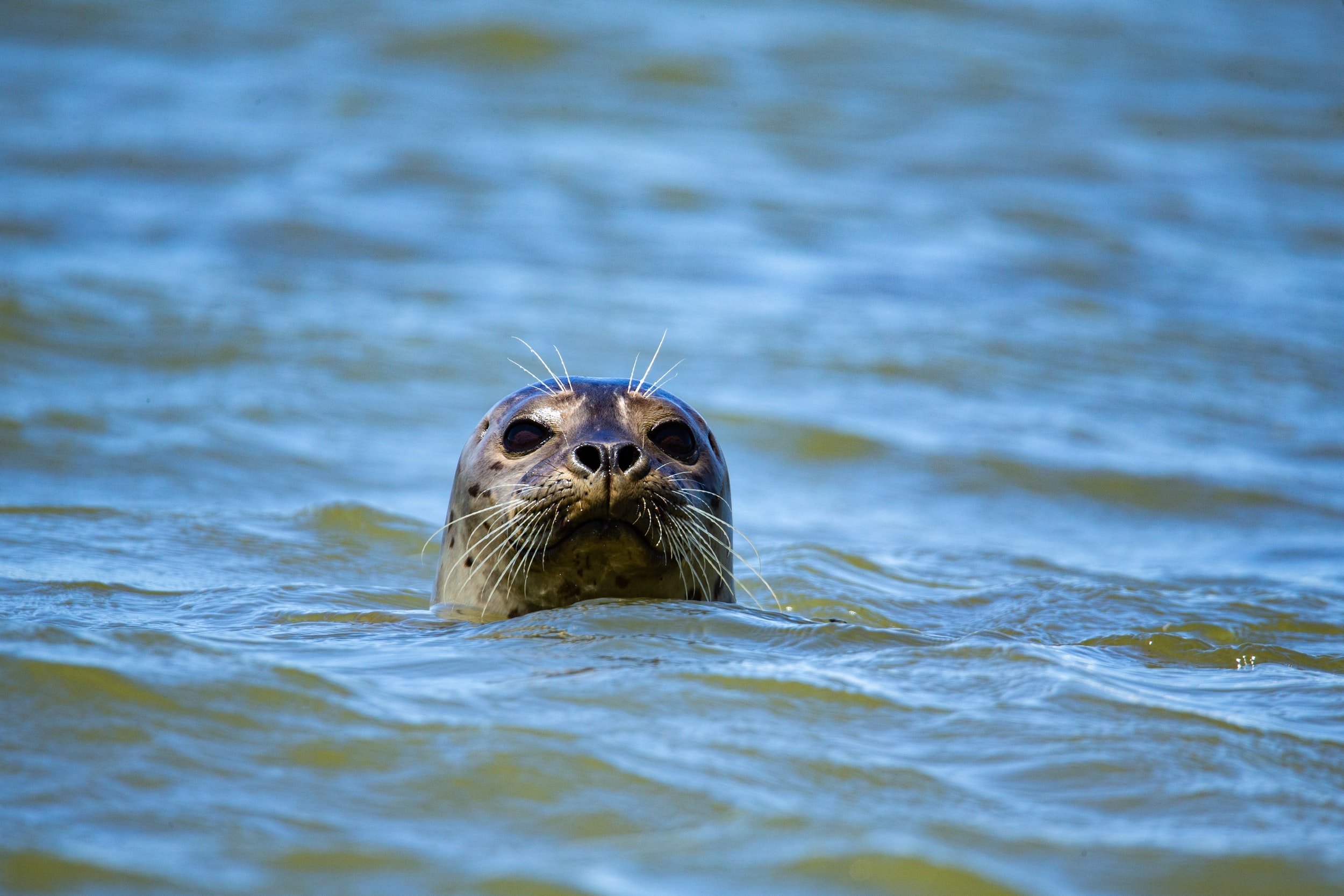Maine’s Seals Dying from Bird Flu
An influenza strain known as Eurasian H5N1 has arrived in North America. This strain of avian flu, identified globally in more than 100 different species of wild birds, and found to infect wild mammals has now been identified in seals along Maine’s coast.
Calls came in this June from concerned citizens who reported seeing great black-back gulls dying and dead on islands in the vicinity of Portland, Maine. Hundreds of other sea birds were reported to have washed ashore in Martha’s Vineyard off of Massachusetts. These incidents are but two of many indicating a national outbreak of avian, also known as bird, flu. Avian flu is a respiratory disease that is highly contagious among birds. The virus is found in a bird’s saliva, nasal secretions and feces.
Bird flu
The influenza strain known as Eurasian H5N1 has been causing outbreaks across Europe, Asia, Africa and the Middle East. It appears to have arrived in North America late in 2021. This strain of avian flu has been identified globally in more than 100 different species of wild birds. The identification of the influenza in the United States is alarming for a number of reasons. This bird flu can spread quickly along migratory bird routes and has the potential to contaminate birds raised on commercial poultry farms. The virus also has been found to infect wild mammals such as foxes, skunks and raccoons. This month, stranded seals along Maine’s coast have tested positive for the virus.
While it is not “unexpected” that the bird flu might affect mammals, it has not been widely reported in marine mammals according to Dr. Julianna Lenoch, a national wildlife disease program coordinator for the U.S. Department of Agriculture. The first samples of infected seal tissue were collected by Marine Mammals of Maine (MMoME), a rehabilitation facility in Bath, Maine. The small, volunteer-operated marine mammal facility has a large responsibility for marine mammals in Maine. Their rescue and rehabilitation coverage is a 2,500 miles stretch of Maine’s coastline including the islands. They oversee coastline from the state’s border with New Hampshire in the south to city of Rockland in the north. The non-profit organization estimates they respond to nearly 300 live and dead marine mammals and sea turtles incidents annually.
Earlier this year MMoMe received authorization from the National Oceanic Atmospheric Administration (NOAA) to increase their rehabilitation capacity. As a result MMoMe became the largest rehabilitation facility in the northeast for harbor seal pups. This places them on the front lines for an increasing number of reports of very ill and deceased seals afflicted with the bird flu. MMoMe is equipped only to care temporarily for 10 harbor seal pups and rehabilitate up to 15. What already is their busiest time of year has developed into an above average time. They have responded to calls of stranded seal pups in the first week of July more than during the entire month of June. NOAA has reported that the current rate of dead seal strandings is approximately three times the normal rate for this time of year with close to 60 animals. So while infected and ailing and dead seal numbers are up, the capacity to respond to the event remains static. This is not the fault of MMoMe but the government’s underfunding or lack of funding and certification of rescue and rehabilitation facilities.
Infected Seals
Four of the tissue samples collected by MMoMe confirmed the seals were infected with the Highly Pathogenic Avian Influenza H5N1. The U.S. Department of Agriculture’s Animal and Plant Health Inspection Service’s National Veterinary Services Laboratories conducted the tests and the Marine Mammal Stranding Network collaborates with to further investigate the situation in order to assess “environmental conditions, common factors contributing to past stranding events, and any potential human impacts.” Prior to this outbreak, the last unusually high seal mortality rate occurred in 2018. That event was due to phocine distemper virus, a virus that is particularly pathogenic for seals. Ainsley Smith, the coordinator for stranded marine mammals at NOAA’s Greater Atlantic regional fisheries office, said there is a potential for the avian flu virus afflicting seals to spread to other parts of Maine’s coast.
Seals most likely contracted the flu virus by coming into direct contact with infected birds or their excrement. The risk to humans is considered to be low but people are urged to keep their distance from ill or dead birds and marine mammals. People who work with poultry and wild birds have elevated risk for the disease and are urged to wear protective gear. Sick animals should not be taken to a vet or rehabilitation facility to prevent spreading the virus.
Prognosis
According to Dawn Beavis of the Marine Mammal Center, the world’s largest marine mammal hospital, their veterinarians haven’t encountered any cases of avian flu in their seal, pinniped or sea otter patients. The veterinarians are aware of the problem and on the lookout for any report that the virus has been detected on the West Coast or Hawaii.
Researchers like disease ecologist Nichola Hill of the University of Massachusetts, Boston are working to understand how the virus spreads “to mammals and whether the virus will hang on indefinitely in North America, as it has in Europe and Asia.” Other scientists are exploring the relationship between bird flu and climate change but this avenue has yet to be fully explored. As long as rescue and rehabilitation capacity is unsupported, the situation on the ground will remain insufficient to handle ill and dead animals or inform the public of the situation and how to safely respond.


